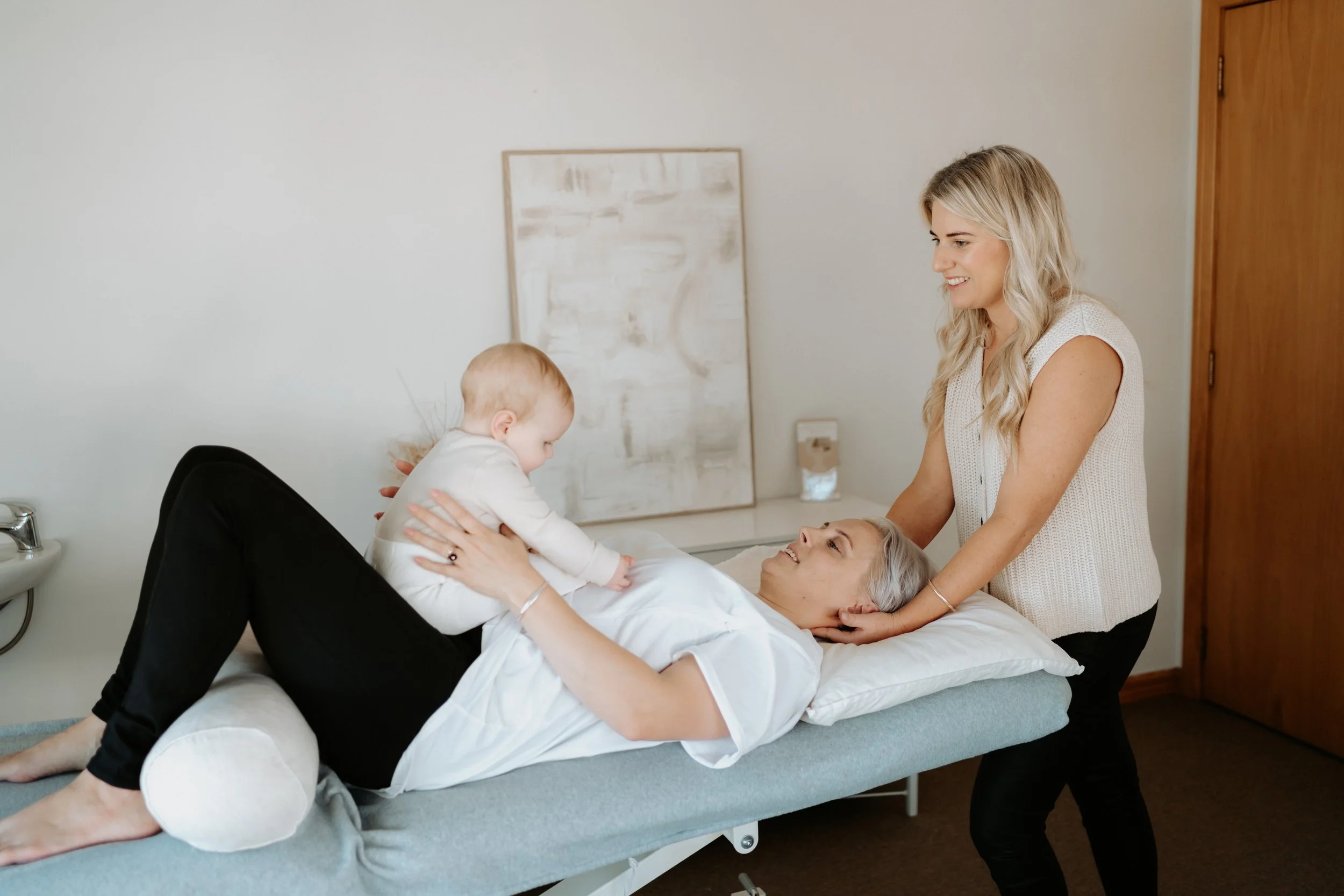Why You Might Be Experiencing Neck Pain After Birth — And What You Can Do About It
Neck pain is one of the most common postpartum complaints, especially in the first few months after giving birth. As a new mum, you may find yourself spending hours in awkward positions—feeding, settling, and lifting your baby—all of which can put excess strain on your neck, shoulders, and upper back.
The good news? Postpartum neck pain is treatable, and with the right support, you can start feeling like yourself again. As a Milford osteopath specialising in postnatal care, I’ve helped countless women relieve pain and tension, so they can focus on what truly matters: enjoying motherhood.
Why Do Mums Get Neck Pain After Birth?
In the early weeks and months of motherhood, your daily movements shift dramatically. You’re constantly holding, feeding, lifting, and looking down at your baby, often for long periods. This creates significant postural strain, especially when combined with sleep deprivation, hormonal changes, and weakened core and upper body muscles.
Common causes of postpartum neck pain include:
Poor feeding posture – Hunching over while breastfeeding or bottle-feeding
Looking down at baby frequently – Also known as "tech neck" or “mum posture”
Lifting and rocking baby repeatedly with rounded shoulders
Lack of core strength – Causing the upper body to overcompensate
Tension from stress or disrupted sleep
Symptoms You Might Notice
Aching or tightness across your neck, shoulders, and upper back
Headaches starting from the base of your skull
Pain that worsens after feeding, carrying, or baby-wearing
A constant feeling of heaviness or tension in your shoulders
Reduced range of motion when turning your head
Self-Care Tips to Relieve Postpartum Neck Pain
You can make small changes at home to reduce strain and prevent discomfort from building up:
Support your arms while feeding – Use pillows or a feeding cushion
Adjust your posture – Sit upright with both feet flat on the ground and avoid hunching
Gentle stretches – Do slow neck rolls, shoulder shrugs, and upper back mobility exercises
Apply heat or cold packs – Heat can relax tight muscles; ice helps with inflammation
Rest and recovery – Prioritise sleep when you can (we know that’s easier said than done!)
Get hands-on care – Don’t wait for the pain to become chronic
How Osteopathy Can Help Relieve Postpartum Neck Pain
Osteopathic treatment is gentle, safe, and specifically tailored to support new mums. It helps your body adapt to the physical demands of motherhood and reduces the muscle tension and postural strain contributing to your pain.
As a Milford-based postpartum osteopath, my approach focuses on restoring comfort, balance, and movement. Treatment may include:
✔️ Gentle hands-on techniques to release tension in the neck, shoulders, and spine
✔️ Improving mobility and circulation to support natural healing
✔️ Identifying and addressing postural patterns linked to pain
✔️ Breathing and body awareness techniques to help relax overworked muscles
✔️ Advice on feeding and baby-carrying positions to reduce future strain
Postnatal osteopathic care isn’t just about treating pain — it’s about helping you feel more comfortable in your body again.
You’re Welcome to Bring Baby (and More)
I understand that finding time for yourself postpartum can be hard. That’s why my clinic is baby- and family-friendly. You’re more than welcome to bring your baby, older children, or a support person to your appointment. We can pause for feeding, cuddles, or settling — I’ll work around your needs.
You deserve support too, mama.
Book Your Postpartum Osteopathy Appointment Today
If neck pain is holding you back from enjoying motherhood, now is the time to seek support. Osteopathy offers a natural, effective way to ease your discomfort and support your recovery after birth.
Book online with Sarah Boughtwood, your trusted Milford osteopath for postnatal care. Let’s get you feeling more like you again.

